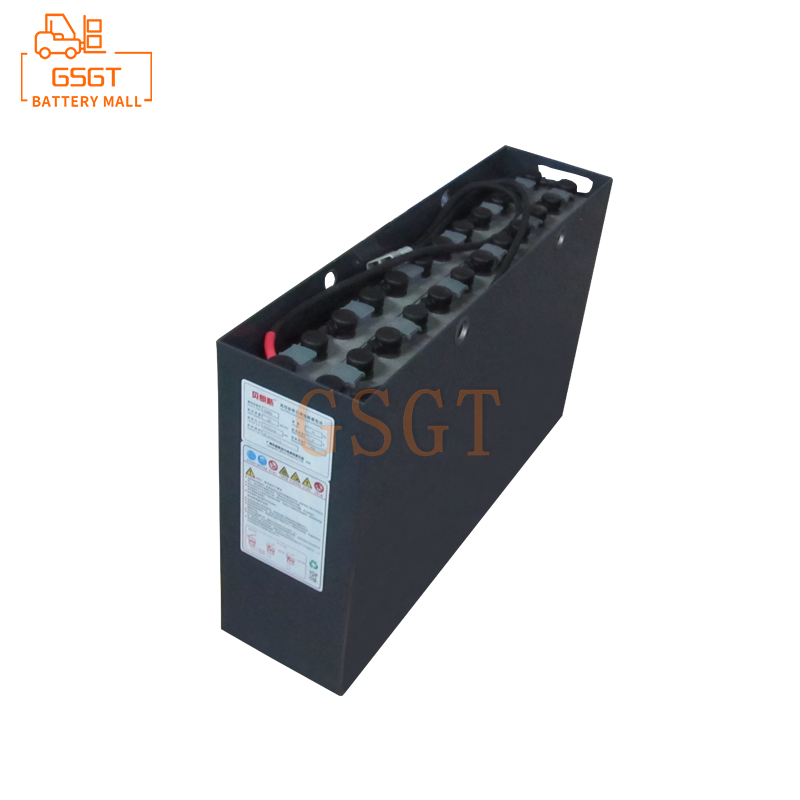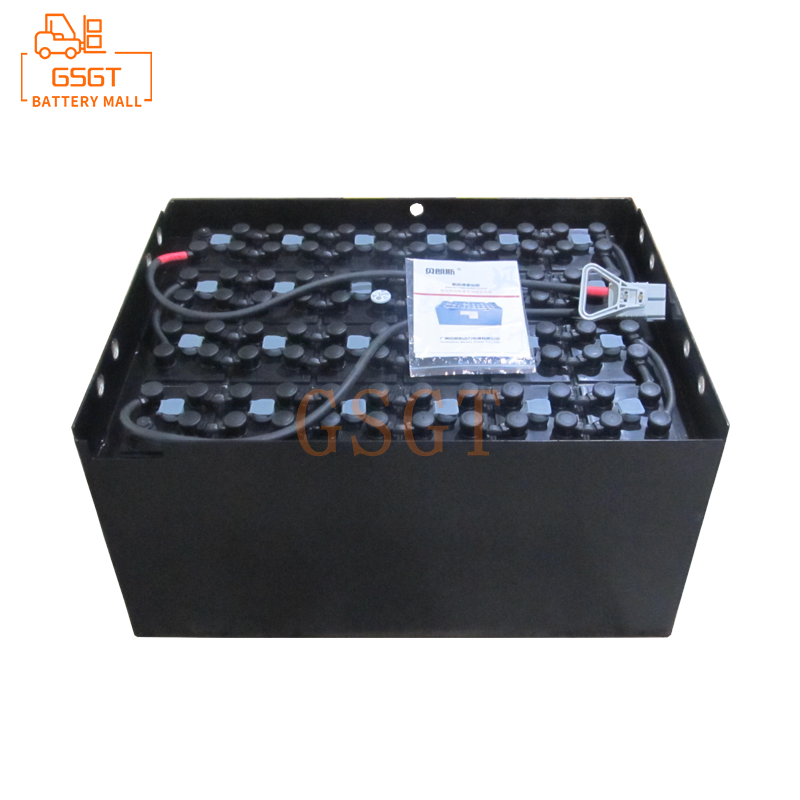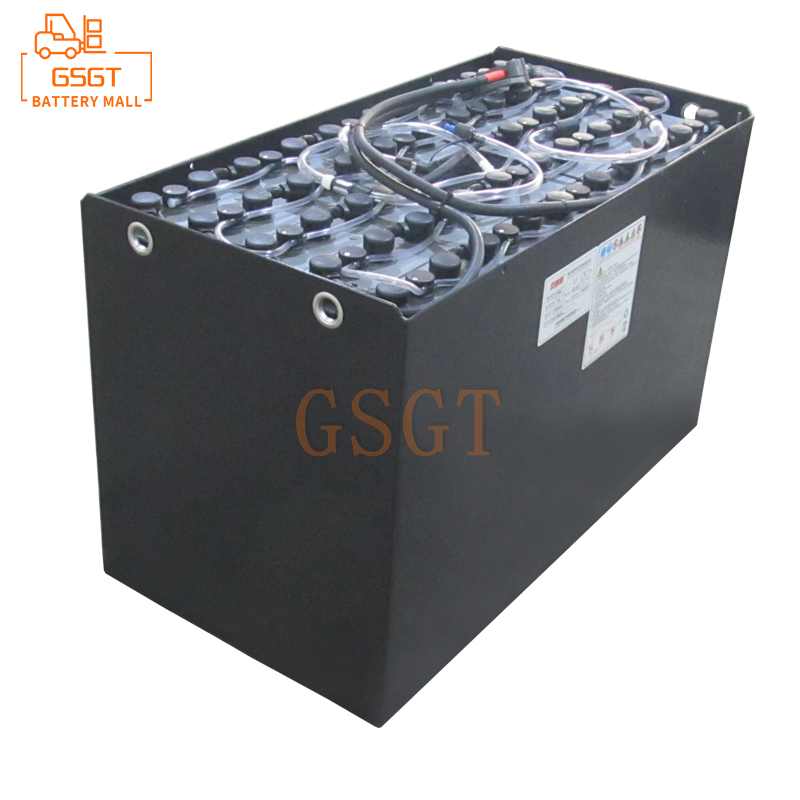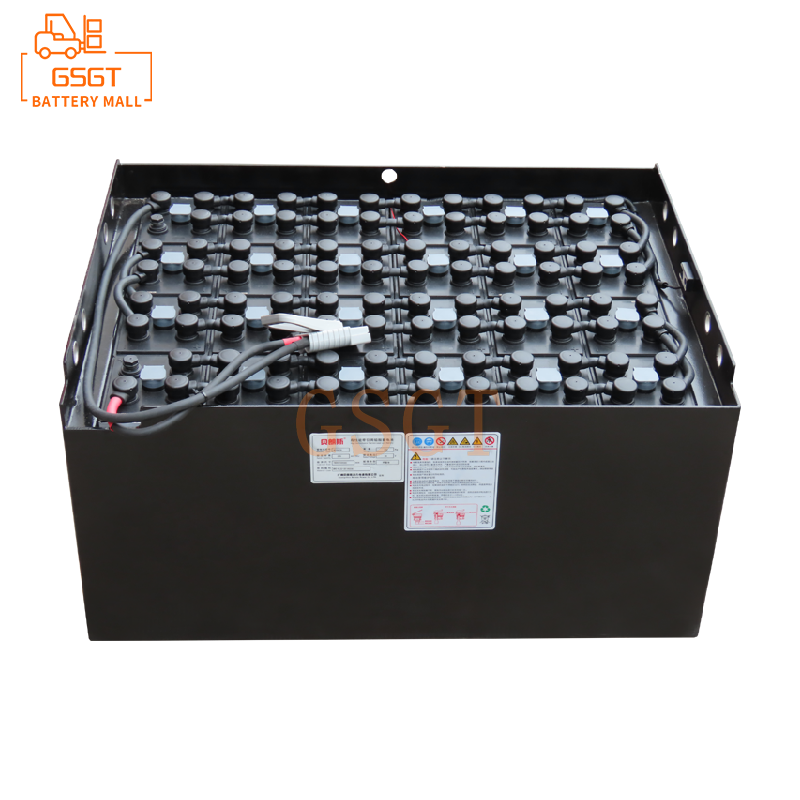Time:2025-06-09 10:12:19
Browse:611
Introduction
As an indispensable handling equipment in modern logistics and industrial production, the power source of forklifts is of vital importance. Lead-acid batteries have been widely used in the forklift field due to their advantages such as mature technology, low cost and large capacity. However, lead-acid batteries have a certain service life. Accurately calculating their replacement cycle is of great significance for enterprises to reasonably arrange equipment maintenance plans, control operating costs and ensure production efficiency. If the replacement cycle is estimated to be too long, excessive battery aging may lead to insufficient power and unstable operation of the forklift, affecting the production progress. If the estimation is too short, it will cause unnecessary waste of costs. Therefore, it is very necessary to conduct in-depth research on the calculation method of the replacement cycle of lead-acid batteries in forklifts.
An overview of the Working Principle of Lead-acid Batteries for Forklifts
Lead-acid batteries are mainly composed of positive plates, negative plates, separators, electrolyte and battery casings, etc. Its charging and discharging process is based on electrochemical reactions. During charging, electrical energy is converted into chemical energy and stored. At the positive electrode, lead sulfate reacts with water to form lead dioxide, sulfate ions and hydrogen ions. At the negative electrode, lead sulfate is reduced to lead. During discharge, chemical energy is converted into electrical energy. Lead dioxide at the positive electrode and lead at the negative electrode react respectively with sulfuric acid in the electrolyte to form lead sulfate and water, while releasing electrons to generate an electric current to supply power to the forklift. The repeated occurrence of this electrochemical reaction realizes the charging and discharging functions of the battery, but it is also accompanied by the gradual wear of the plates and electrolyte, which is the internal chemical basis affecting the battery replacement cycle.
Factors affecting the replacement cycle of lead-acid batteries in forklifts
Usage frequency and charge and discharge cycles
The higher the frequency of forklift use, the more times the lead-acid battery can be charged and discharged. The design life of mainstream lead-acid batteries for forklifts is generally 1,500 cycles. Once this number of charge and discharge cycles is reached, the battery's charge capacity will drop below 80% of its original capacity at the factory. At this point, it is usually considered that the battery cannot meet the usage requirements and needs to be replaced. In large warehousing centers or factories, forklifts are busy with operations. If spare batteries are equipped and replaced without intervals, a forklift battery may perform an average of 1.7 cycles a day. It can be seen from this that the frequency of use has a significant impact on the battery replacement cycle. Frequent use will greatly shorten the battery replacement cycle.
Maintenance and upkeep situation
Electrolyte maintenance: The electrolyte of lead-acid batteries is composed of sulfuric acid and water. During use, the water content will gradually decrease due to electrolysis and evaporation. If distilled water is not replenished in time, the density of the electrolyte will increase. This will not only accelerate the sulfation of the plates but also increase the internal resistance of the battery, reducing its performance and lifespan. Regularly checking the electrolyte level and adding an appropriate amount of distilled water can maintain a normal chemical reaction environment inside the battery and extend its service life.
Charging management: Unreasonable charging methods cause great damage to battery life. Overcharging, that is, continuing to charge the battery for a long time after it is fully charged, will cause the battery to heat up, accelerate the aging of the plates, and even lead to battery swelling and deformation. Excessive discharge, causing the battery voltage to fall below the specified terminal voltage, can lead to sulfation of the plates and seriously affect the recovery of battery capacity. Use appropriate charging equipment and follow the correct charging time and charging current specifications.
Battery cleaning and inspection: Keep the battery surface clean to prevent the accumulation of dust, acid and other impurities, which can avoid self-discharge of the battery. Regularly check the battery's appearance for any leakage, cracked casing, etc., as well as whether the connecting cables are loose or corroded. Timely discovery and handling of these issues can ensure the normal operation of the battery and extend its service life.
Working environment factors
Temperature influence: Temperature has a significant impact on the performance and lifespan of lead-acid batteries. In high-temperature environments, the chemical reaction rate inside the battery accelerates, the evaporation of the electrolyte intensifies, water loss is severe, and the corrosion of the plates also speeds up, resulting in a decrease in battery capacity and a shortened lifespan. In a low-temperature environment, the viscosity of the electrolyte increases, the diffusion rate of ions slows down, the internal resistance of the battery increases, and the charging and discharging efficiency decreases, which will also affect the battery's performance and replacement cycle.
Humidity and corrosive environments: A high humidity environment can easily cause a conductive layer to form on the battery surface, increasing the battery's self-discharge rate. If there are corrosive gases or liquids in the working environment, such as in a chemical workshop, the battery casing and plates will be corroded, leading to structural damage of the battery, performance decline, and the replacement cycle will also be shortened accordingly. Therefore, when using forklifts in harsh humidity and corrosive environments, it is even more necessary to enhance the protection and maintenance of batteries.
Battery capacity detection method
Use professional battery capacity testing equipment to regularly test the actual capacity of forklift lead-acid batteries. When the actual capacity of a battery drops to around 80% of its initial capacity, it can be considered that the battery is approaching the end of its service life and needs to be replaced.
Empirical estimation method
Refer to the experience data on the replacement cycle of lead-acid batteries for forklifts in similar usage scenarios within the industry. It is generally believed in China that the service life of lead-acid batteries for forklifts is 2 to 3 years, but this is only a rough range. For forklifts with low usage frequency, good maintenance and suitable working environment, the battery replacement cycle may exceed 3 years, and even reach 4 to 5 years. For forklifts that are frequently used, poorly maintained, and operate in harsh environments, the battery replacement cycle may be less than two years.
Conclusion
The replacement cycle of lead-acid batteries in forklifts is comprehensively influenced by various factors such as usage frequency, the number of charge and discharge cycles, maintenance conditions, and working environment. The replacement cycle can be calculated through methods such as the number of charge and discharge cycles, battery capacity detection, and empirical estimation. However, in practical applications, various factors need to be comprehensively considered to correct the calculation results. Accurately calculating the replacement cycle of lead-acid batteries in forklifts helps enterprises make preparations for equipment maintenance and battery replacement in advance, reduces operating costs and improves production efficiency. In actual operation, enterprises should strengthen the daily maintenance and management of forklift batteries, optimize the usage environment to extend the battery's service life. At the same time, by combining scientific calculation methods, they should ensure that the battery is replaced in a timely manner before its performance declines to a level that affects work, so as to guarantee the normal operation of forklifts and the smooth progress of enterprise production activities. With the continuous development of technology, it is expected that in the future, more accurate and convenient methods for calculating the replacement cycle of forklift lead-acid batteries and more efficient battery maintenance technologies will emerge, further enhancing the reliability and economy of forklift power systems.

$1060

$5010

$3050

$5710

MESSAGE
Professional And Efficient
Security
Affordable Price
Professional Services